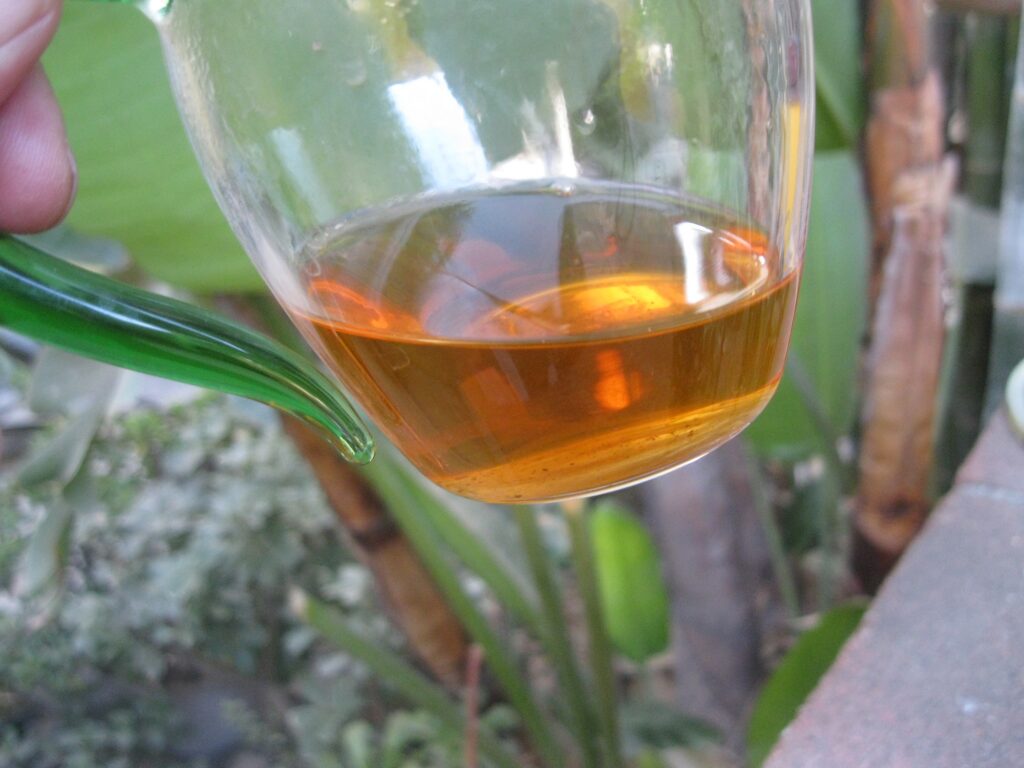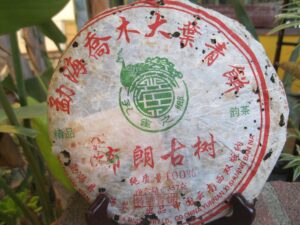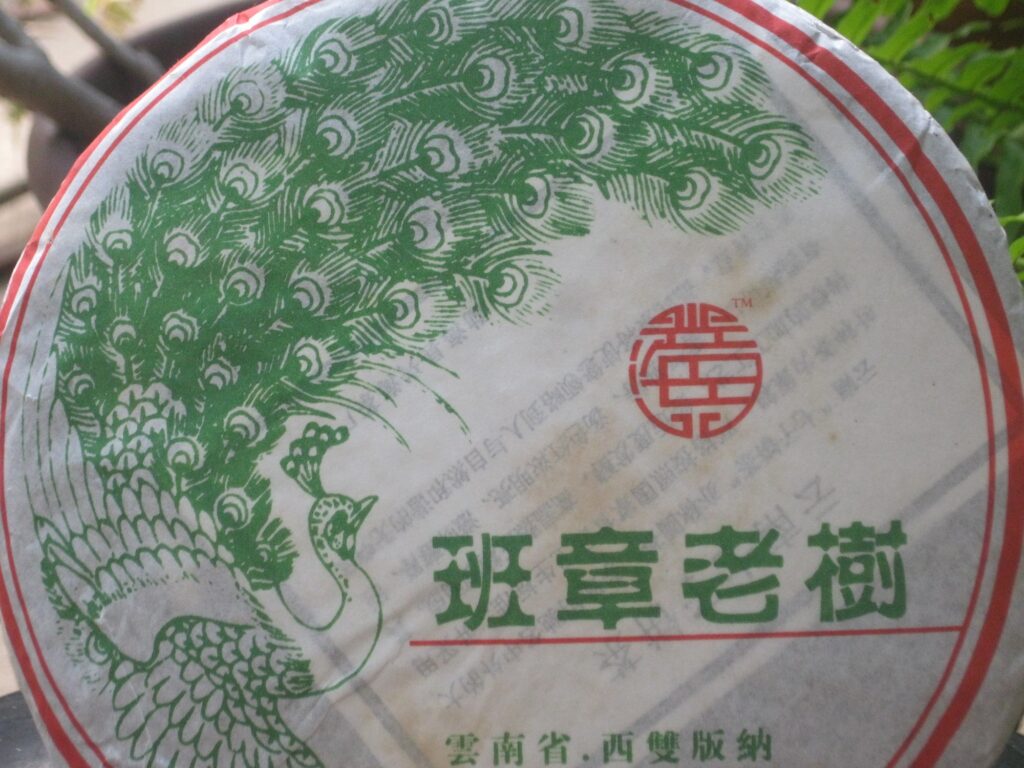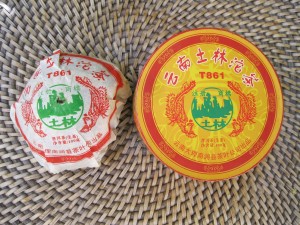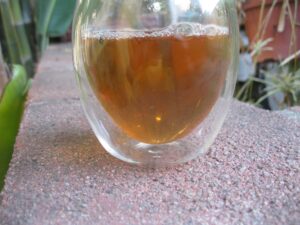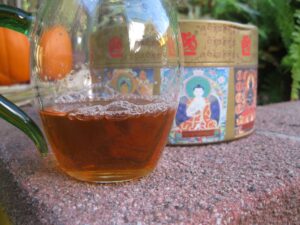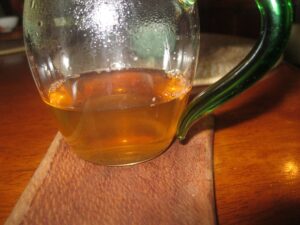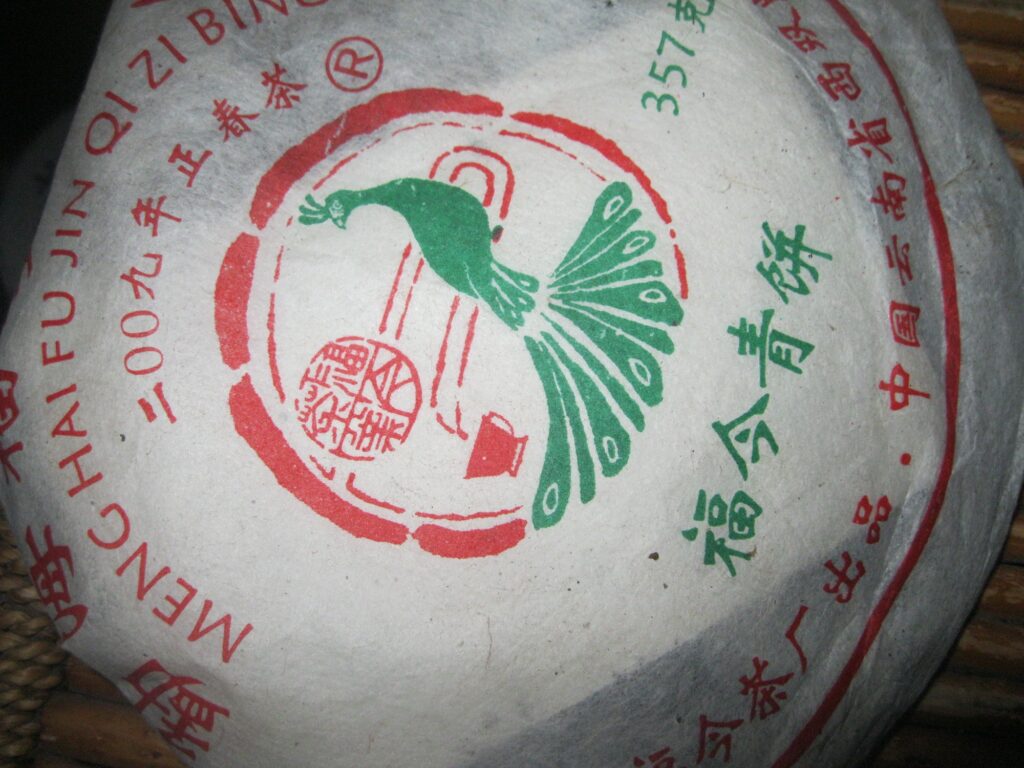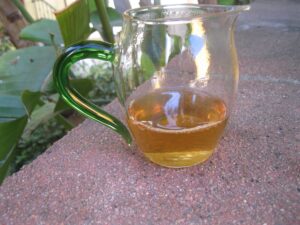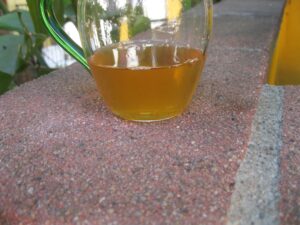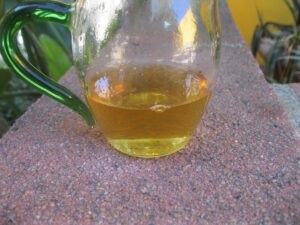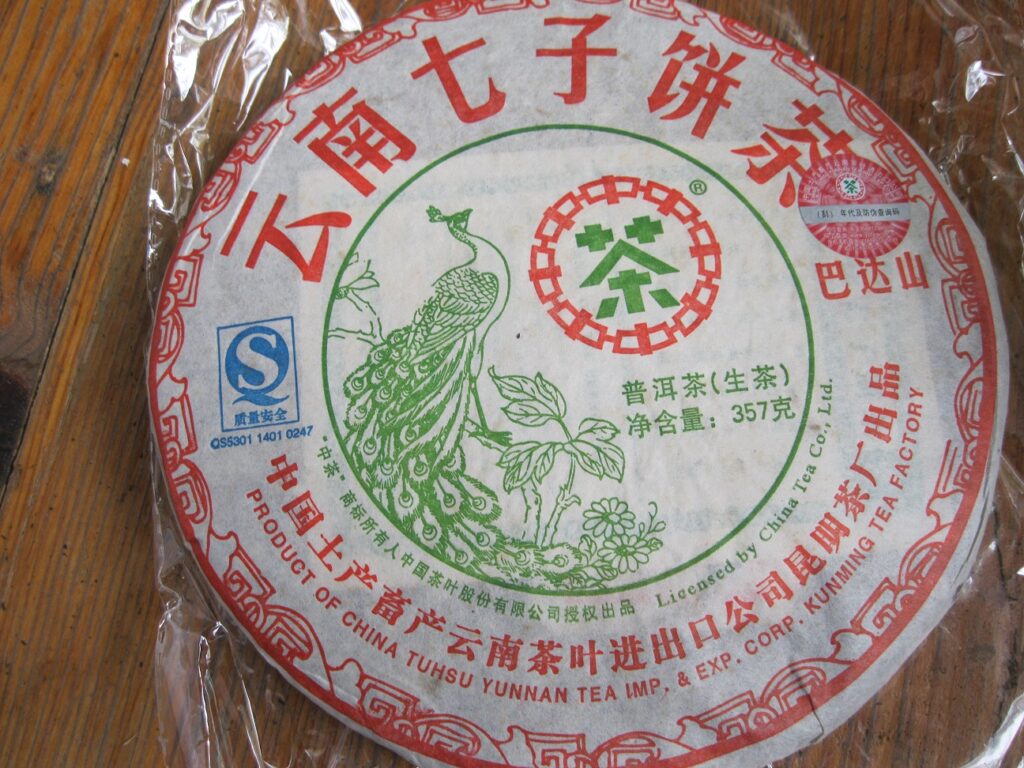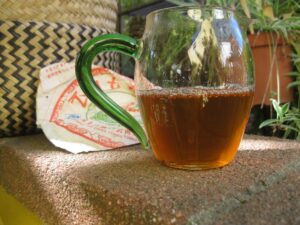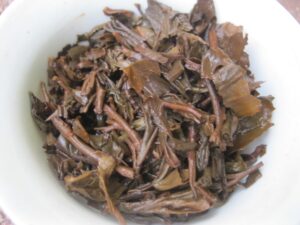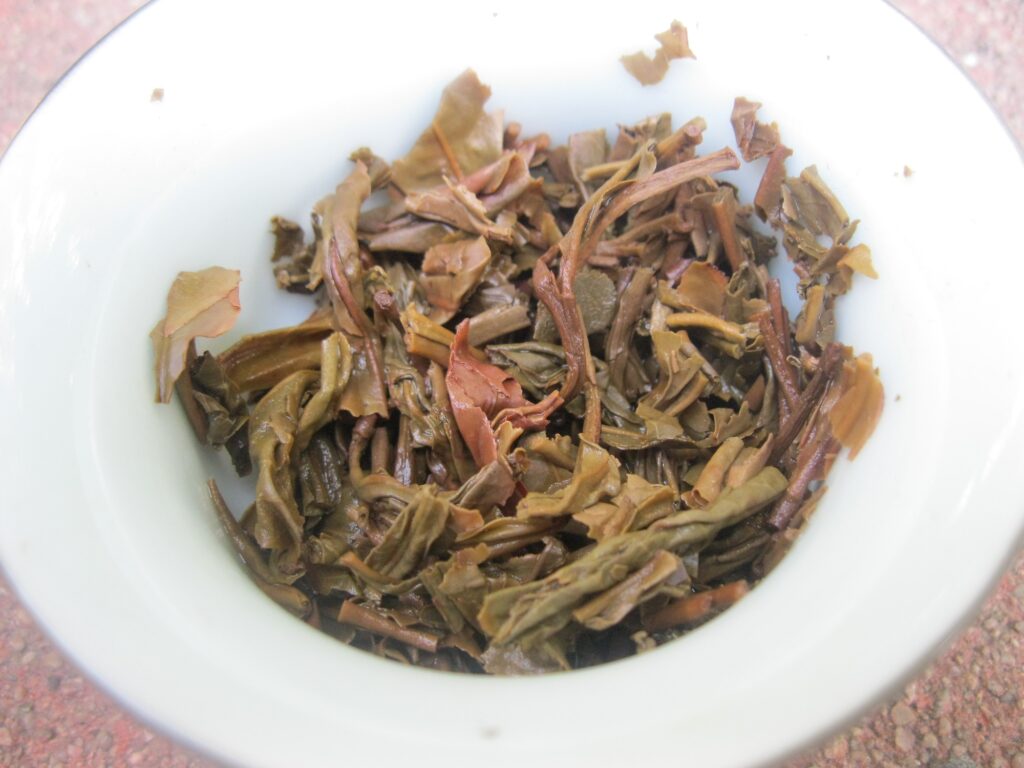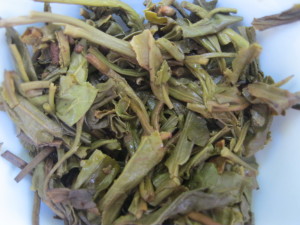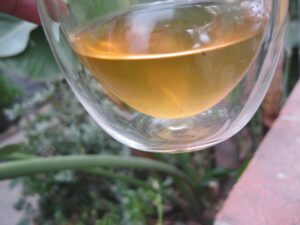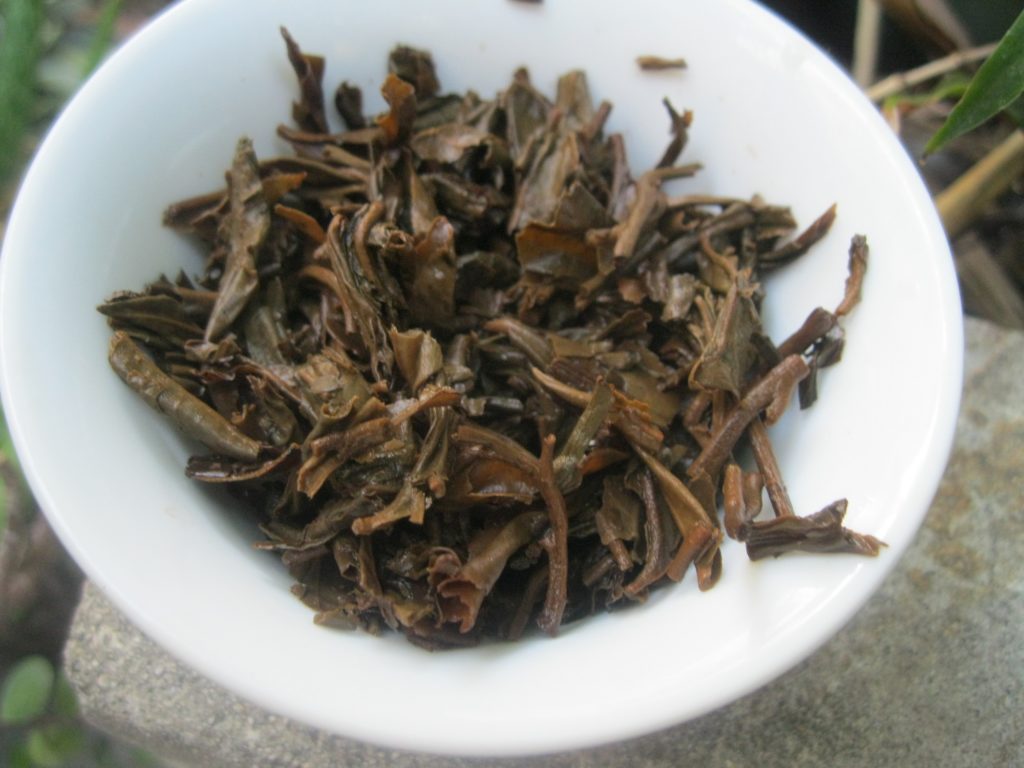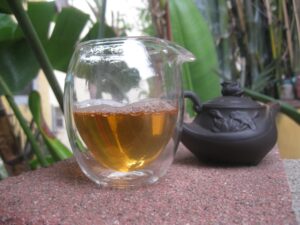Grenouille, Stylin, Daxueshan
Grenouille, Stylin, Daxueshan provides storage and development notes on three offerings during the autumnal sweet spot of ’24. Grenouille, re-upped in ’20, comes to the drinker by way of Haixintang. Though obscure in the English-speaking world, they hold a solid reputation amidst the welter of puerh tea factories. Stylin‘ flaunts courtesy Xinghai factory, probably the largest holding of any one factory in the Puerh Junky Collection. Daxueshan holds the distinction of being from MKRS, a Lincang factory outfit that since inception has been particular about not using pesticides. Let’s start by recapping weather/storage particulars for the past two years.
Weather
Oct ’23, Los Angeles, California witnessed early rains that lasted off-and-on through February ’24. Sept ’23 may have been fairly warm though it was not its typical hot and this Sept 24 was abnormally cool. Spring ’24 resembled weather patterns of the US hinterland. In fact, the last two Marches have been noticeably different from previous years, March usually being one of the hottest months of the year before the gloom settles in. A steady barometer for measuring spring weather happens to be the jacaranda: when they blossom and how long the blossoms last. If many blossoms last into July, then you know you’ve had very cool temperatures relatively speaking. That has been the case the past two years. Now for the details. . .
Puerh Details
Puerh Details start in late ’22 when efforts at aggressive hydration proved too ambitious by April ’23, as bits of white frost formed in the big ripe box along with a box mostly for tuo and a few cakes singled out for da business. By April ’24 the following year, most all boxes were either back to conservative hydration or no hydration at all. It just wasn’t hot enough where bold humidity would yield desired results. Grenouille was in the aforementioned tuo box of frost where hydration stopped in Aug ’23. Since then the humidity has been given a chance to settle in sans any hydration. The effect has imparted serious mushroom flavours without one shred of dankness.
Out of panic, hydration extraction occurred about the same time as above with a separate Xinghai box, which also includes BZZS. After the joyous events following the Chinese New Year (ahem), a devil-may-care attitude led to letting the tea do what it would on its own. Stylin‘, a denizen of this box and visted this Oct ’24, unleashed its best performance to date. Originally being stored under fairly dry conditions, Stylin’s aging over the past few years involves incremental “juicification” while the intrinsic sugars emerge and deepen. Given the extreme moderate temperatures, the lack of hydration appears to have been a good move.
Daxueshan gets stored along with other Lincang productions like Creme Florale and some Lancang offerings like Jingmai. This box only affords a very small measure of hydration. There’s nothing that can be done to change this aside from eliminating what little there is, which seems like a bad idea. In any event the DXS is getting better and better. It is now downright bright with an intriguing blend of tangerine and apricot. Not mealy apricot either.
Take Aways
One take away tying these productions is sweetness, something that the ole Puerh Junky’s been waiting on for a minute. This is not to say that they previously didn’t have some measure of sweetness, but now the sweetness lasts. The texture and flavours are all deeper and more intense, with noticeably quelled astringency. The dryness is gone with Grenouille. There’s scorch up front that lasts but an instant before the onslaught of mushroom. Good sweetness, including a mischevious thread of bitter. Peach follows on the heels of the mushroom, and some infusions after sitting a few hours even yielded bold lemon. Stylin‘ sounds in the medium-low register, light wood, incense, dried durian. Little astringency and bitterness. Savory with building sweetness from one infusion to the next. Round and full mouthfeel. It’s a truly sophisticated drinking experience. Both these two are savoury sweet, while Daxueshan has decidedly been moving in the opposite direction. The typical floral character of DXS gets replaced by stonefruit and a hint of tangerine.

